Homeowner Newsletter, Fall 2023
©2023 Jeffrey C. May
Summer is over, and children are now in school. If your child has asthma or allergies, there may be conditions within the school building that could cause your child to cough, sneeze, or wheeze.
What are some of these conditions, and what can you as a parent do about it?
Carpeting: Many modern school buildings have wall-to-wall carpeting, which is often cleaned over the summer holiday when the weather is humid and the building is closed up. If the carpet remains damp for more than 48 hours, mold and bacteria may begin to grow – flourishing on the dust still captured in the carpet fibers. If your child’s classroom smells musty, the carpet may be the culprit.
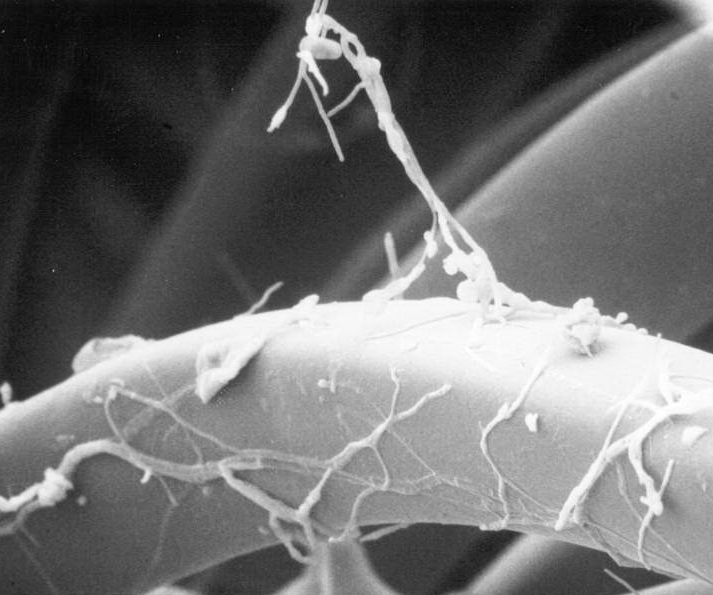
Mold contamination cannot be removed completely through traditional carpet-cleaning methods. Treatment with steam vapor, if done properly, has a good chance of killing any mold growth and microarthropods (such as mites that are foraging in the mold or are eating those foraging mites) that may be present; but in the end, the carpet may have to be replaced. Meanwhile, the carpet can be covered with an adhesive-backed product that has sufficient adhesive to stay in place over an extended period of time (www.pro-tect.com).
![C:\Users\Owner\Desktop\In Process Newsletters August 2023\Back to School\Mold-eating mite [pink stained] surrounded by spores from a moldy carpet.JPG](https://www.mayindoorair.com/wp-content/uploads/2023/11/c-users-owner-desktop-in-process-newsletters-augu.jpeg)
The front door: Children should not enter a school building directly unto carpeting, because the moisture, dust, and dirt on the bottom of their shoes can fuel mold growth. Ask the school to put a replaceable mat on top of the carpet in front of both entrance and exit doors.
Pets: Sometimes a teacher will have a pet rabbit or a gerbil in a classroom. If your child has pet allergies, ask that the animal be moved to another room (or that your child be moved to another classroom where there is not an animal in residence).
Fish tanks can also be found in some classrooms. Believe it or not, these tanks can acquire dust-mite infestations on the covers. All that moisture and spilled fish-food flakes for food! Then mite allergens can become aerosolized when the cover is opened. If your child is allergic to dust mites, ask that the teacher move the tank to another room or keep the tank’s rim and cover free of all dust and fish-food flakes.
Books: Many teachers collect children’s books in yard sales or library sales to augment their in-classroom libraries. Such books can sometimes contain mold growth if they’ve ever been stored in a musty basement or garage. When a musty book is opened and pages are turned, people in the room can be exposed to mold spores – especially the person holding the book and those students sitting nearby. And unfortunately, mold spores remain potentially allergenic even when dead.
If any books in your child’s classroom smell musty or have visible mold spots (particularly on the tops and spines), they should be removed from the room.
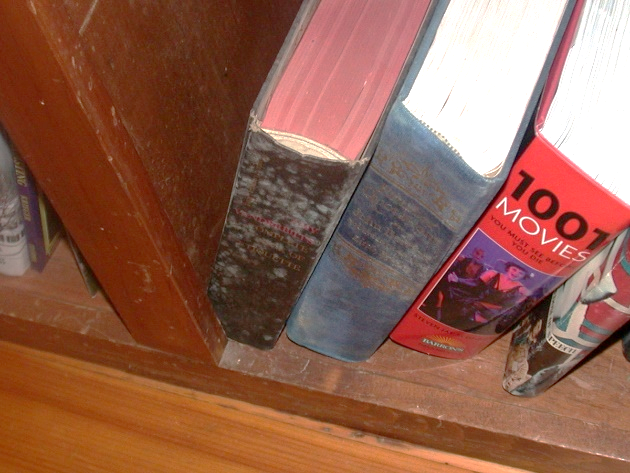
Below-grade (below ground-level) spaces: Many modern school buildings have classrooms, a library, or even a gym partially or fully below-grade. If such spaces are not adequately dehumidified in the summer, surfaces can become mold contaminated.
If your child experiences symptoms in the school’s below-grade spaces, these spaces may have to be cleaned before your child can enter them again.
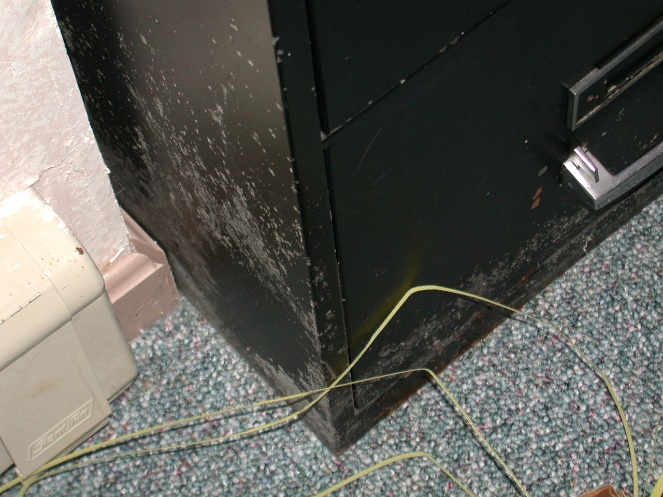
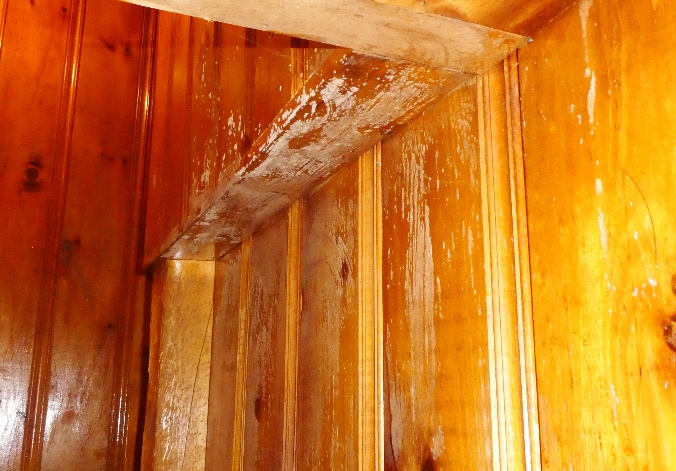
Heating and cooling: Most classrooms have “univents” (unit ventilators), which supply heating (and sometimes cooling). These units have supply grilles at the top and are typically found along the exterior walls of classrooms. Univents rarely have adequate filtration or maintenance, so they contain dust and often mold growth. Then when the univents are operating, dust allergens and mold spores can be blown into the room. If your child’s room has a univent, look inside the grille at the top and underneath (you can use a mirror and flashlight); if you see a lot of dust, notify the teacher or school administration.
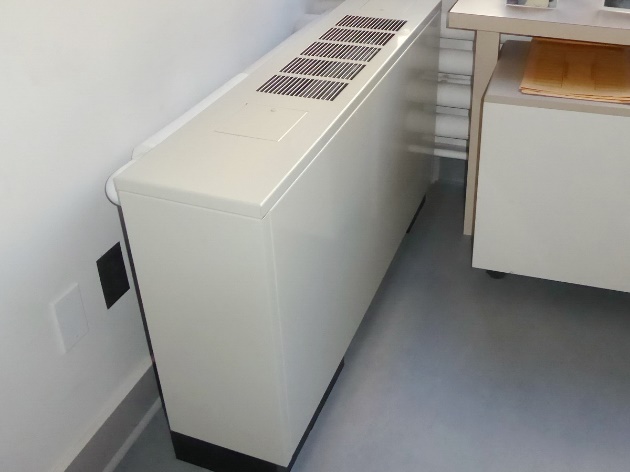
Two smelly school buildings: I inspected a large elementary school that contained an irritating odor. As I walked through the building, I saw children’s paintings hung up to dry, both in hallways and in classrooms. In several classrooms the art class had just ended, and paint jars were still open to the air.
It turned out that to reduce expenses the School Department had ordered cheaper finger paints that contained formaldehyde as a preservative. The formaldehyde was off-gassing from damp art work and open paint jars, causing an irritating odor. The solution? Stop using paint that contained formaldehyde.
In a second school building, three classrooms had been abandoned due to a very unpleasant odor. Shrews had moved into the building and were nesting in the flat-roof insulation above the drop ceilings. These animals exude a musk that smells musty, and they defecate in piles that get moldy. When the maintenance personnel removed a number of ceiling tiles, they found evidence of an extensive shrew infestation.
The solutions? Remove all furniture from the three classrooms, cover the carpeting with adhesive-backed plastic, remove the drop-ceiling tiles, and remove all the insulation. While the ceiling cavities are open, clean, disinfect, and seal the exposed framing and roof sheathing before replacing the insulation and drop ceiling (the ceiling tiles should be cleaned or replaced). And prevent the shrews from re-inhabiting this lovely warm spot. All openings at the exterior that could be rodent pathways should be sealed with mesh and foam, wood, masonry, or even copper wool as appropriate. (Copper wool will not rust the way steel wool will.)
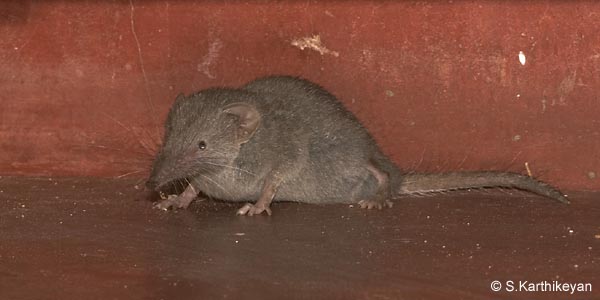
Keep a written record: Ask your child (or your child’s teacher) to remember when your child experiences allergy/asthma symptoms. Where was your child when the symptoms occurred? What had your child been doing at the time? Keeping a record like this can help you and the teacher identify areas or activities in the school that may be problematic for your child: an important first step in identifying a potential indoor air quality problem. Meanwhile, until the problem or problems are remediated, your child may have to stay away from certain areas of the school or avoid certain activities that exacerbate your child’s asthma or allergy symptoms.
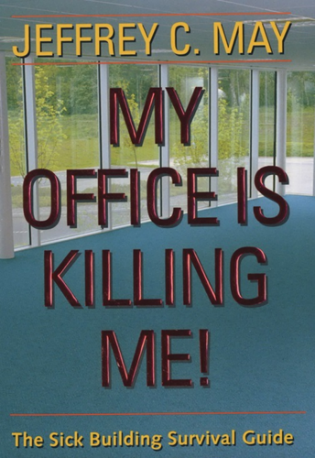
Refer to my book My Office Is Killing Me (available on amazon.com). Chapter 8 focuses on indoor air quality problems in school buildings.
Johns Hopkins University Press
Unless otherwise indicated, the photographs, micrograph, and scanning electron micrograph in this article belong to May Indoor Air Investigations LLC and cannot be used without permission.
